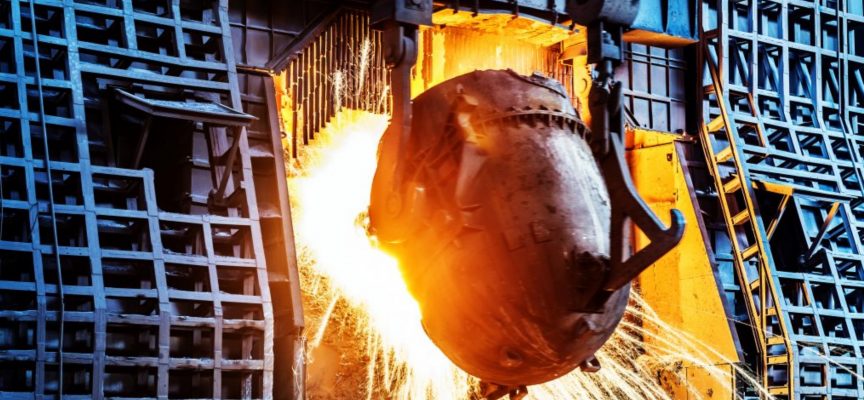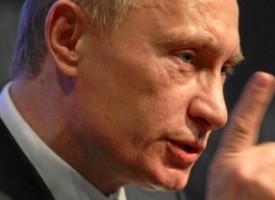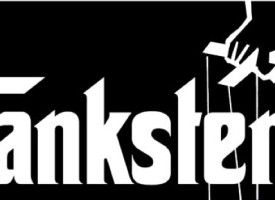The super wealthy are now invested in the mining sector, and their company has used AI to pinpoint a massive new deposit.
Mining Venture Uses AI To Pinpoint Massive New Deposit
February 21 (King World News) – Gerald Celente: KoBold Metals, a Californian mining venture that counts Jeff Bezos and Bill Gates as investors, has used AI to locate a major copper deposit in Zambia.
The company’s mission is to use AI to analyze satellite imagery, results from core samples, drilling records, and other data to create maps of the Earth’s surface and spot potential deposits of copper, cobalt, lithium, and nickel, all of which are crucial in building renewable energy infrastructure and devices involved in the transition from fossil fuels to clean energy.
KoBold spends about $60 million annually exploring as many as 60 sites on three continents…
ALERT:
Powerhouse merger caught Rio Tinto’s attention and created a huge opportunity in the junior gold & silver space CLICK HERE OR ON THE IMAGE BELOW TO LEARN MORE.

The new find will be “one of the world’s biggest, high-grade large copper mines” equivalent to the Congo’s Kamoa-Kakula copper mine, Kobold CEO Josh Goldman said in a statement.
Kamoa-Kakula is ranked as the world’s fourth largest copper deposit and yielded 400,000 tons of the metal in 2023.
Kobold’s new project is estimated to cost $2 billion and is open to additional investors, Goldman said. Construction at the mine could start in 2027.
The copper industry will need to invest $100 billion in new mines if it is to supply the additional 4.7 million tons the world will need each year by 2030, mining consulting and research firm CRU has said.
In addition to Bezos and Gates, KoBold’s investors include billionaire Ray Dalio, founder of hedge fund Bridgewater Associates, and Virgin Group founder Richard Branson.
To listen to Alasdair Macleod discuss what is happening behind the scenes in the war in the gold and silver markets CLICK HERE OR ON THE IMAGE BELOW.
© 2024 by King World News®. All Rights Reserved. This material may not be published, broadcast, rewritten, or redistributed. However, linking directly to the articles is permitted and encouraged.








